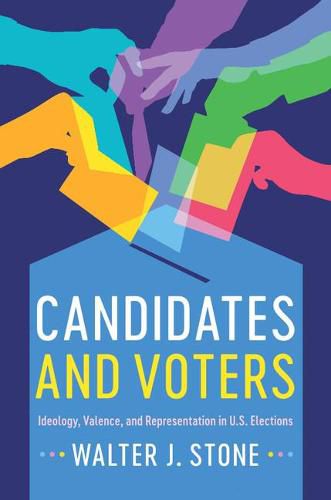Readings Newsletter
Become a Readings Member to make your shopping experience even easier.
Sign in or sign up for free!
You’re not far away from qualifying for FREE standard shipping within Australia
You’ve qualified for FREE standard shipping within Australia
The cart is loading…






Candidates and Voters extends our understanding of voting, elections, and representation by elaborating a simple theory of voting choice based on voters’ interest in policy and in the suitability of candidates to hold elective office (‘leadership valence’). Voters’ choices must be understood in the context of the choices between opposing candidates they are offered on these two dimensions. Drawing on extensive analysis of US House races, Stone shows that although voters lack the information that many analysts assume they need to function in a democracy, they are most often able to choose the better candidate on the policy and valence dimensions. In addition, candidates, when they decide whether and how to run, anticipate the interests that drive voters. The book shows that elections tend to produce outcomes on policy and leadership valence consistent with voters’ interests, and challenges skeptical views of how well the electoral process works.
$9.00 standard shipping within Australia
FREE standard shipping within Australia for orders over $100.00
Express & International shipping calculated at checkout
Candidates and Voters extends our understanding of voting, elections, and representation by elaborating a simple theory of voting choice based on voters’ interest in policy and in the suitability of candidates to hold elective office (‘leadership valence’). Voters’ choices must be understood in the context of the choices between opposing candidates they are offered on these two dimensions. Drawing on extensive analysis of US House races, Stone shows that although voters lack the information that many analysts assume they need to function in a democracy, they are most often able to choose the better candidate on the policy and valence dimensions. In addition, candidates, when they decide whether and how to run, anticipate the interests that drive voters. The book shows that elections tend to produce outcomes on policy and leadership valence consistent with voters’ interests, and challenges skeptical views of how well the electoral process works.